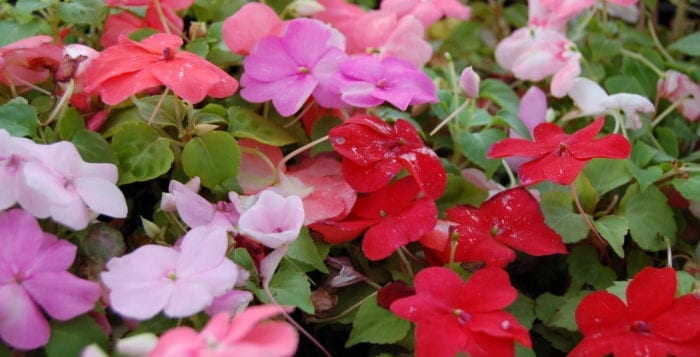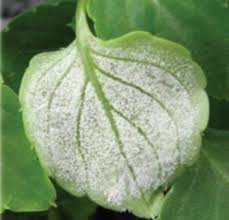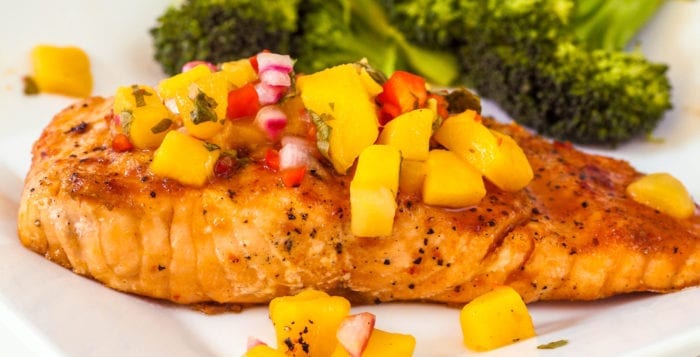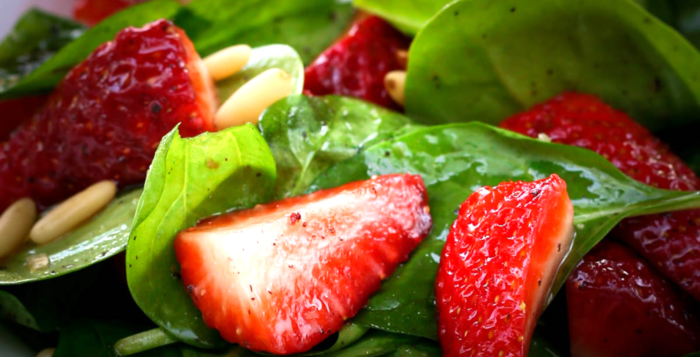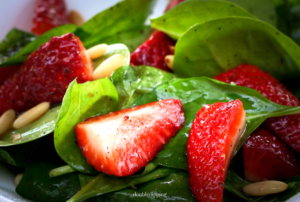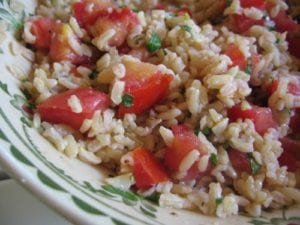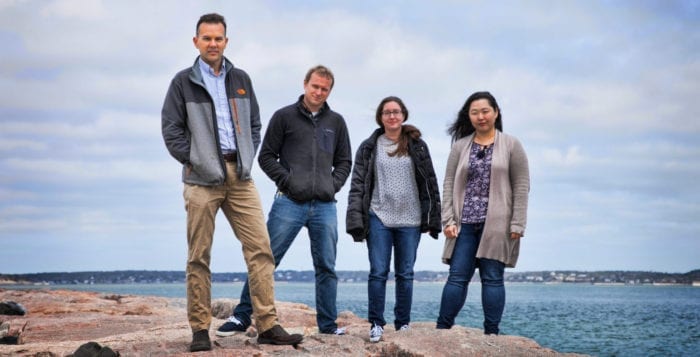By Yusuf A. Hannun, M.D.

Because of major advances in cancer prevention, early detection and treatment, many patients with cancer are enjoying longer lives and maintaining their quality of life, as the number of cancer survivors grows.
National Cancer Survivors Day®, an annual worldwide celebration of life, is held each year on the first Sunday in June. Anyone living with a history of cancer — from the moment of diagnosis through the remainder of life — is a cancer survivor, according to the National Cancer Survivors Day Foundation. In the United States alone, there are more than 14.5 million people living with a history of cancer.
Stony Brook University Cancer Center will host its 13th Annual Cancer Survivors Day this Sunday, June 4, from 11 a.m. to 3 p.m. at the Cancer Center, located on the Stony Brook Medicine campus.
The event is a celebration for those who have survived cancer and serves as an inspiration for those who have been recently diagnosed. In addition, this event is a gathering of support for families and friends. Attendees will also have the opportunity to meet and mingle with Stony Brook Medicine physicians, nurses and support staff.
The day features inspirational speaker Jennifer Arnold, MD, MSc, FAPP, who will share her story of perseverance, resilience and strength to bring hope to others facing obstacles and difficulties. Dr. Arnold, a three-year cancer survivor, stars in TLC’s docu-drama “The Little Couple” along with her husband, Bill, and their children, Will and Zoey.
All cancer survivors are invited, whether they were treated at Stony Brook or not. In addition to Dr. Arnold’s talk, attendees can enjoy a variety of outdoor activities, such as dunk-a-doc, bedpan golf, chemo bag toss and face painting, as well as musical entertainment and light refreshments. They can also participate in the very moving Parade of Survivors. This event is free but registration is required. To register, visit cancer.stonybrookmedicine.edu/survivors2017 or call 631-444-4000.
National Cancer Survivors Day is just one of many ways Stony Brook reaches out to the community. The Cancer Center has created several initiatives and programs to help make life easier for patients with cancer, including support groups, cancer prevention screenings and the School Intervention and Re-Entry Program for pediatric patients.
As a leading provider of cancer services in Suffolk County, the Cancer Center is on the forefront of research, discovery and cancer care. In the new Kavita and Lalit Bahl Center for Metabolomics and Imaging, for instance, we are receiving international recognition for our pioneering studies in metabolism and cancer. It’s changing what is known about the role metabolism plays in cancer and brings us closer than ever before to understanding how to prevent and treat it.
And next year, Stony Brook Cancer Center will relocate to a state-of-the-art Medical and Research Translation (MART) building that will focus on cancer research and care. This 240,000-square-foot facility will allow scientists and physicians to work side by side to advance clinical cancer research and improve treatment options.
Propelled by these advances, we continue to bring comprehensive cancer resources to you in your community. Our ambitious drive to transform cancer care and research is just one more reason for hope and celebration.
Dr. Yusuf A. Hannun is the Director of Stony Brook University’s Cancer Center, Vice Dean for Cancer Medicine and Joel Strum Kenny Professor in Cancer Research


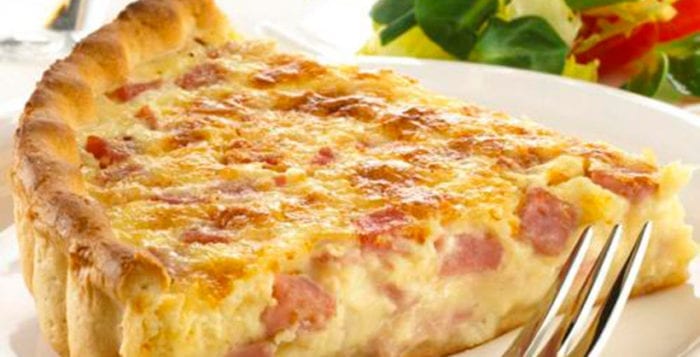


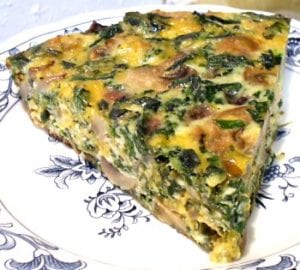


 “My dog ate three grapes (or raisins). Should I be worried?” We get a phone call like this at least once every week to every other week. That’s a good question because we, as a veterinary community, are still looking for the exact answer. Let’s take a closer look at grape and raisin toxicity to see if we can shed some light on what we do know about this nebulous topic.
“My dog ate three grapes (or raisins). Should I be worried?” We get a phone call like this at least once every week to every other week. That’s a good question because we, as a veterinary community, are still looking for the exact answer. Let’s take a closer look at grape and raisin toxicity to see if we can shed some light on what we do know about this nebulous topic.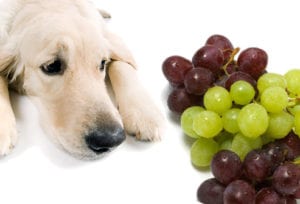 Additional theories do not implicate anything in the grape itself, but rather the growth of certain fungi on the grape and toxins produced called aflatoxins, or pesticides sprayed on grapes. More recent evidence points toward something in the meaty portion of the grape or raisin because veterinary toxicologists found that raisins that have been cooked (in cookies, breads, cakes, etc.) are less toxic than grapes or uncooked raisins.
Additional theories do not implicate anything in the grape itself, but rather the growth of certain fungi on the grape and toxins produced called aflatoxins, or pesticides sprayed on grapes. More recent evidence points toward something in the meaty portion of the grape or raisin because veterinary toxicologists found that raisins that have been cooked (in cookies, breads, cakes, etc.) are less toxic than grapes or uncooked raisins.
